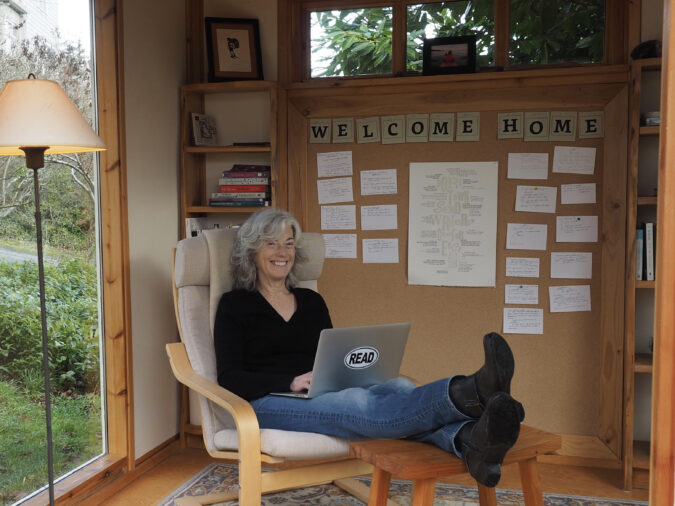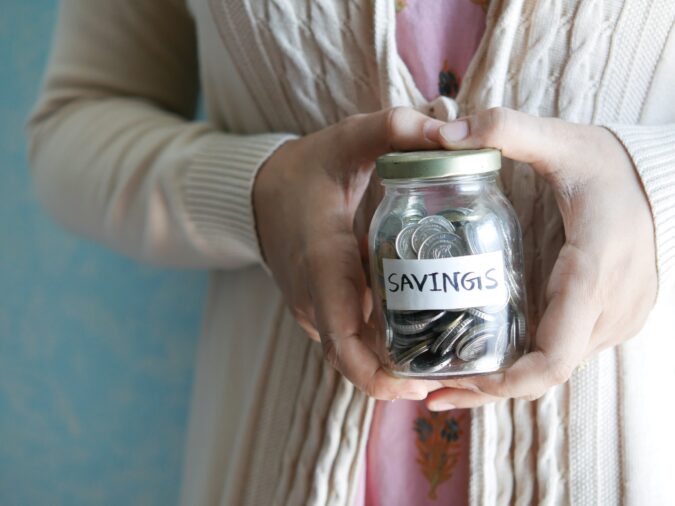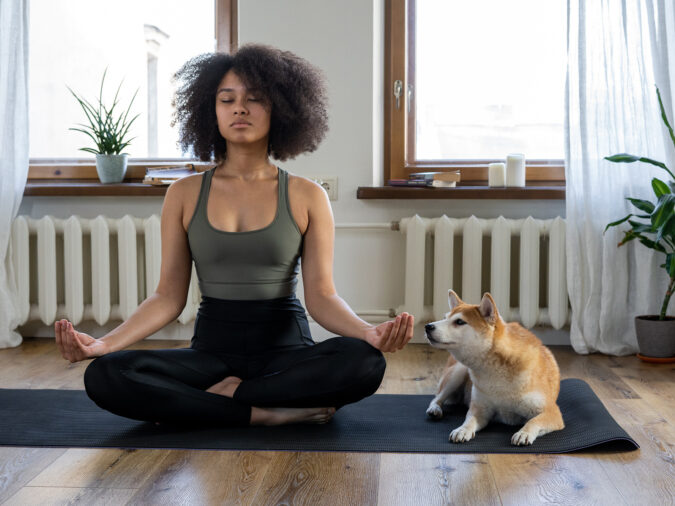A Safe Home is a Happy Home! 5 things you can do to make your home happy *and* safe
A Safe Home is a Happy Home! 5 things you can do to make your home happy *and* safe

Eager to get happy at home right now?
Get 10 tips for a happier home!
It’s no good having a pretty home if it’s not also a safe home. I don’t want to be a Debbie-Downer and make you think about the possibility of potential harm coming to your family or your home, but since the best way to be safe and calm during an emergency is to prepare yourself, here are 5 simple things you can do to make sure you’re prepared in the event something goes wrong:
1. Get a fire extinguisher (and learn how to use it)
2. Put a fire ladder in second-story bedrooms
3. Know where your gas and water shut-offs are located
4. Know who to call (not just *during* an emergency, but also to prevent one)
5. Know where to meet
![]()
➤ Get A Fire Extinguisher!
If you had a small fire in your garage or kitchen RIGHT NOW – could you grab your extinguisher and competently put it out?
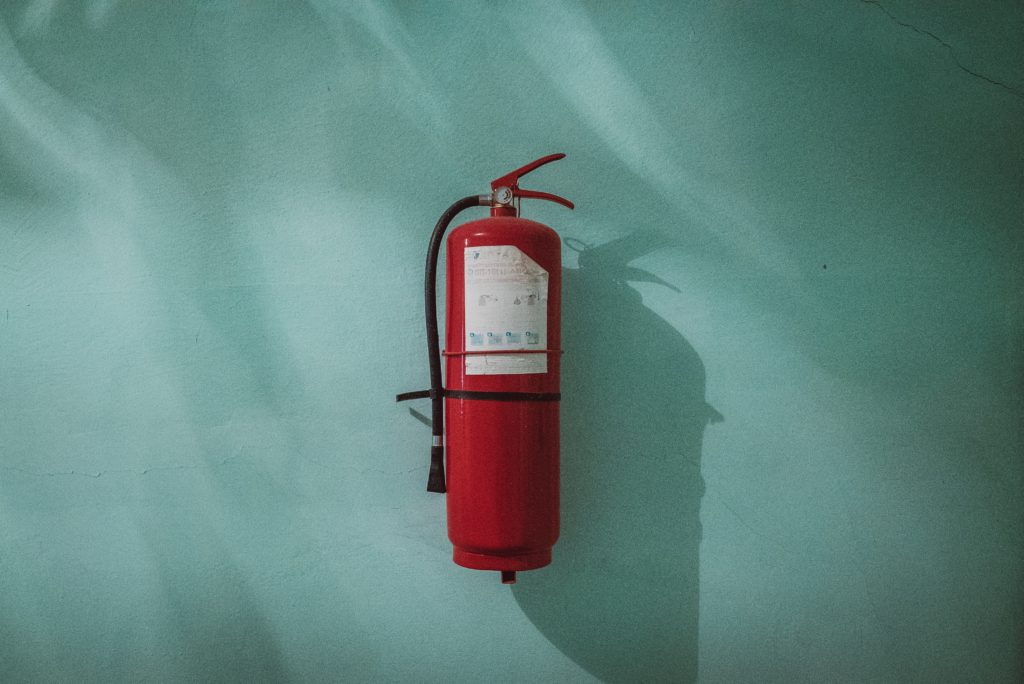
Whether you’re a renter or a homeowner, you should know where your extinguisher is, and how to use it. Make sure you have one on every level of the house, particularly near your kitchen, your utility area and, if you have one, your garage (anywhere you have chemicals or a fire hazard).
If you don’t have an extinguisher, buy one – they sell them everywhere. If you do have one, make sure that it hasn’t expired. Then set a reminder on your calendar to check your extinguishers regularly to make sure the pin is still in place and the pressure gauge is in the green zone. You don’t want to find out it’s useless right at the moment you need to use it.
If you’re buying a new extinguisher, know that there are different types to choose from – here’s an article from This Old House with more info on how to choose the best extinguisher for your home.
Finally, just as important as *having* an extinguisher is knowing how to *use* it. Go grab it and mock-use it. Aim and squeeze sounds easy, but adrenaline makes unfamiliar tasks hard. Get familiar with it now *before* you have a fire.
Safety Reminder: Never use water to put out a grease fire. Cover the fire with a lid until it dies down – Don’t have a lid handy? You can pour baking soda and get a similar effect.
➤ Add Fire Ladders to Second-Story Bedrooms
In two and three-story homes, a fire ladder near each window (especially in bedrooms) adds a level of safety since an egress window is not much use if you have to make a two-story leap!
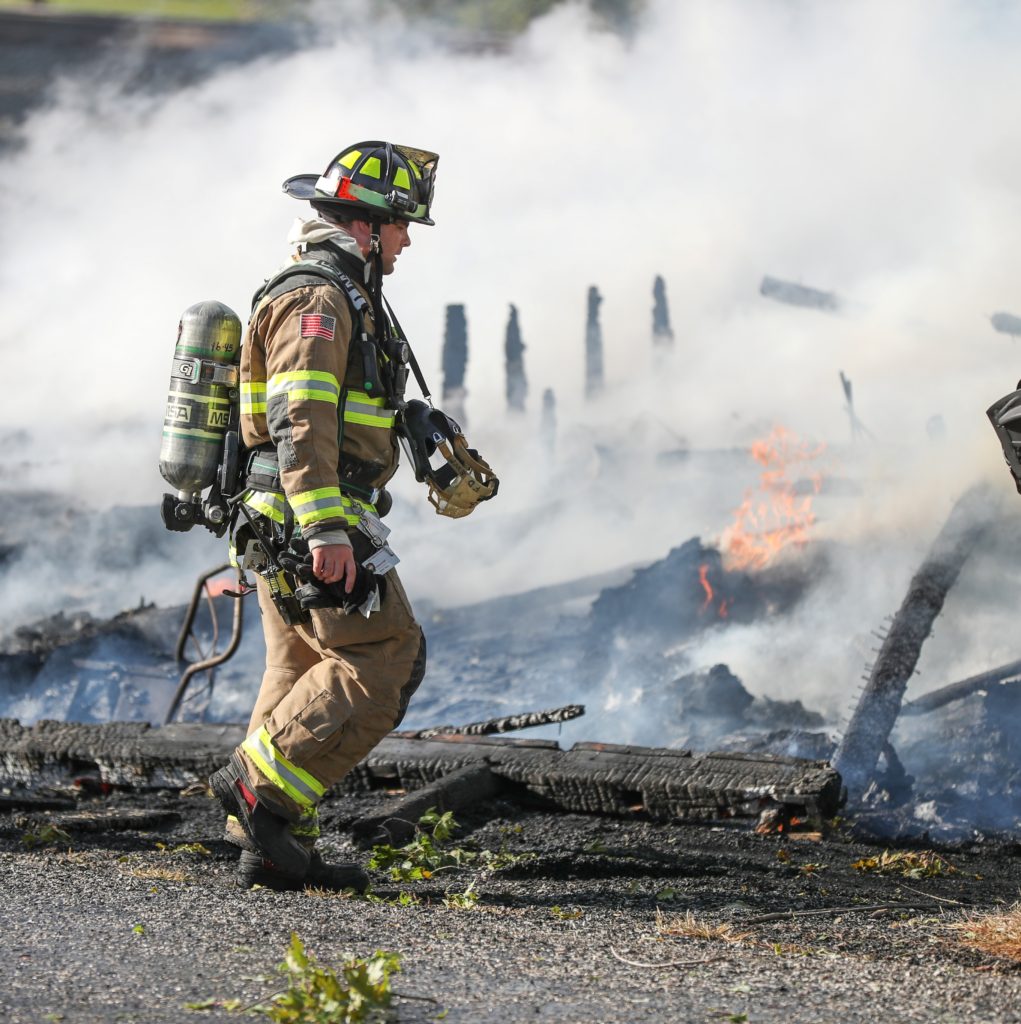
Fire ladders come in all kinds of configurations. Think about your storage options and needed functionality. Do you need it “ready to go” like this ladder that installs under your window sill, or are you comfortable setting it up when needed like this ladder? Safety matters in ground-level bedrooms, too – make sure that every bedroom in your house has at least two escape routes in case of fire.
Fun safety fact: Have you ever wondered why egress windows (windows designed by code for escaping in case of an emergency) have to be so big? Egress windows don’t just have to be big enough for occupants to escape a fire… they also have to be big enough to allow a fully outfitted firefighter to get *in* to your room if you can’t get out on your own.
👈 This dude doesn’t want to have to crawl in through a teeny tiny window to try to save you! That’s why egress windows are required to be the size they are.
➤ Know where your gas and water shut-offs are located
You’ll probably find your water and gas shut-offs outside your home near the meters, but the exact location will depend on the age of your house and local code. To find them, you need to know what you’re looking for.
There are two types of shutoff valves:
A main (or master) valve shuts off gas or water to the entire house, which is what you need to do if you have a burst pipe or a gas leak.
WATER: For water, there should be a master shut off outside by the street connected to the water meter. Sometimes, especially in newer construction, there is also one where the pipe comes into your home. Below is an image of a main water shut off by the water meter out by the street. I recommend you go find yours.
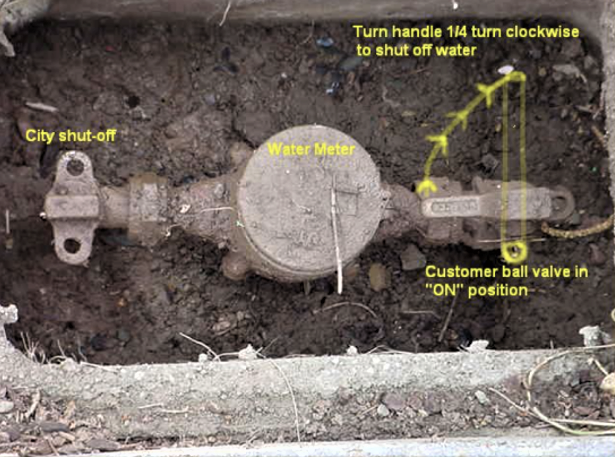
Need more info on shutting off your water main? Check out this post by Hiller Plumbing for lots more information on shutting off the water main to a house.
GAS: Just like the water main, the gas main valve will be located at the meter, and you should be able to turn it off with a wrench. Consider having a wrench and a flashlight handy near your entry (maybe tucked where you store your shoes) so that you won’t be hunting for those tools in an emergency. For more information on gas safety, check out this post by PG&E.
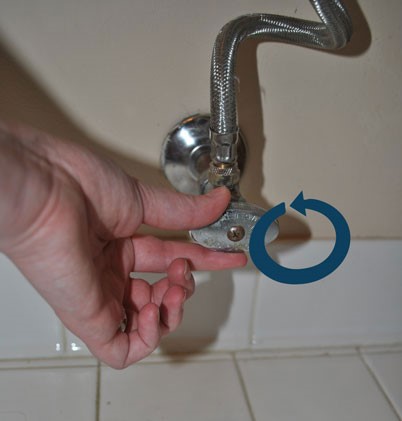
An individual (or supply) valve turns off the gas or water supply to specific appliances and fixtures so you can turn off water or gas to just the problem appliance, rather than the whole house. Older homes may only have an individual supply shut off by the toilet or by a gas fireplace, but newer homes will likely have one for every water or gas source.
Safety First: If you smell gas and it’s not a simple matter of turning off a burner on your stove, don’t mess around. If you’re unsure for any reason, *get out of your home* and call the gas company or fire department right away.
➤ Who Do You Call? No, not Ghostbusters 😉
9-1-1 is great for emergencies, but there are two helpful numbers to know to *prevent* emergencies, too!
Before you dig! Call 8-1-1
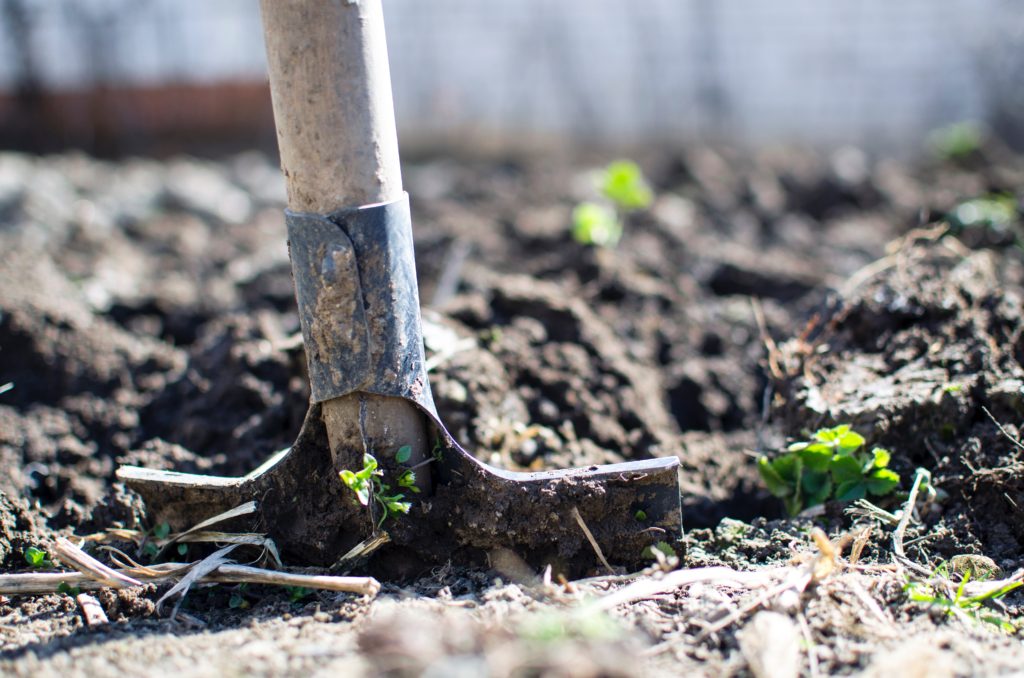
When to call: Building a deck? Planting a tree? Installing a fence or mailbox? 811 is the number you should call before you begin any project if you don’t want the danger (or potential fines and repair costs) of inadvertently damaging water, electricity and natural gas lines under your home!!
What to expect: Call 811 a few days prior to digging and tell the operator where you plan to dig (for example, the northwest corner of your yard). They’ll ask your address as well as the closest cross streets, and within about a week any affected local utility companies will send locators to your dig site to mark the approximate location of buried lines with flags or paint (color-coded so you know which utility marked which line).
National Poison Control Center: Call 1-800-222-1222
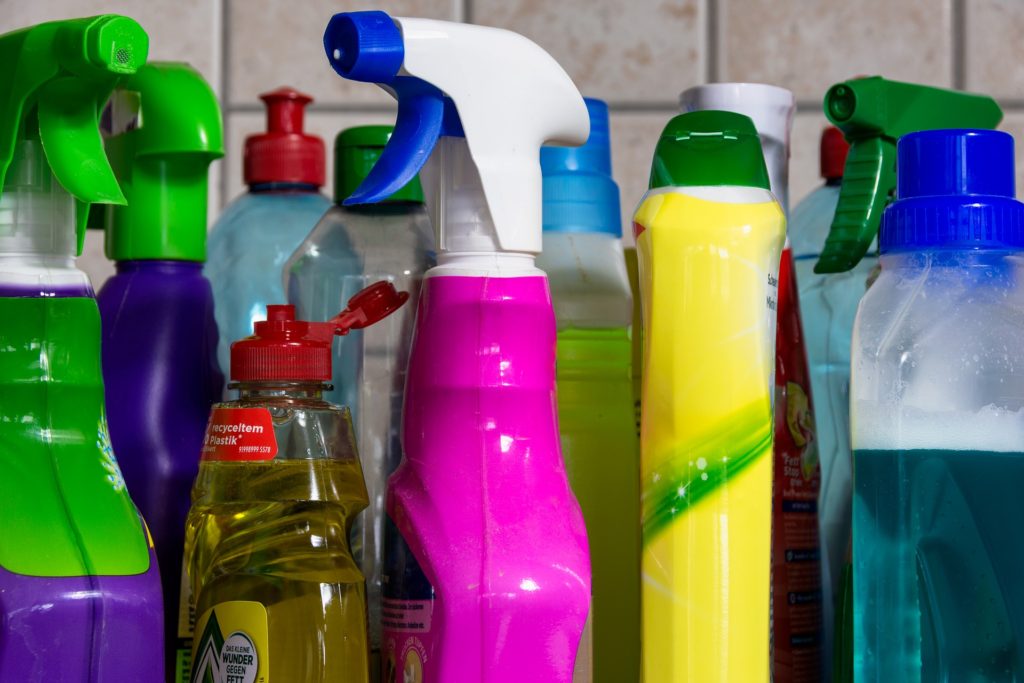
When to call: If someone in your family just swallowed a bunch of medication or got into the chemicals under your sink or in your garage, it’s a-okay to call 9-1-1, but you can also call Poison Control to find out how much of an emergency you are facing. You can call before emergencies happen with questions you have about poison, too, helping you proactively keep your kids, pets, and older family members safe at home.
What to expect: When you call Poison Control, you will speak directly to a poison specialist who is a registered nurse or pharmacist and can provide expert medical guidance in poison emergencies 24 hours a day.
➤ Know your meeting place!
Should an emergency force you to get away from your home, the most important thing is that everyone knows where to meet up. In an emergency, especially a fire, everyone in the house will be escaping from whatever door or window is closest. In that chaos you want everyone well-trained to meet at the same place so you don’t add the panic of wondering where someone is to the panic of the fire or flood. In my home, we decided on a place near our building that offers shelter and also chose a secondary location in case our first choice is closed. Whatever you decide on, make sure everyone is on the same page. Consider practicing a fire drill at dinner time a couple times a year, or the next time you hear the emergency alert on your radio! Practice makes for preparedness.
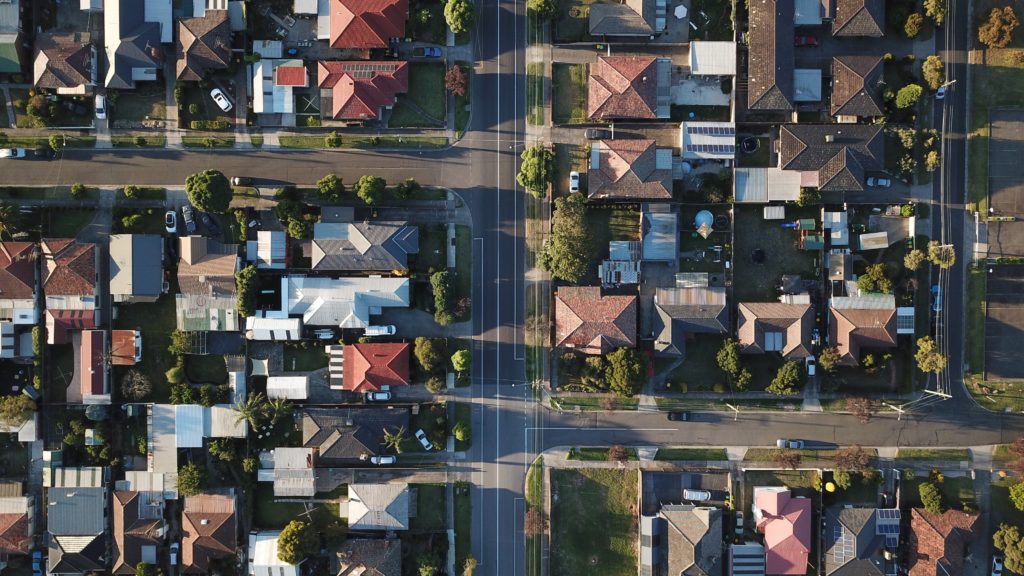
Better safe than sorry: It may seem silly, but practice going through the motions of meeting at your designated place in real life to make sure it makes sense! You don’t want the first time you practice to be during an emergency.
Pop-Quiz – what’s your partner’s phone number?
Have you memorized your personal emergency contacts? Now that most of us have cell phones we don’t have to memorize all of our friends and family phone numbers, but we should keep a few important ones written down and memorized, just in case! In an emergency you may leave your phone behind and need to call your family from someone else’s phone – have at least one or two numbers memorized so you can get a hold of everyone to let them know you are alright.
![]()
They say that practice makes perfect and that couldn’t be truer in the case of emergency preparedness. Taking steps to make our homes safer means taking steps towards peace of mind and quick action when things get hairy. Hopefully, you never have to use this information in a real emergency, but you’ll be thankful you prepped yourself if it ever comes to it!
May your home (and your family) always be safe and happy!
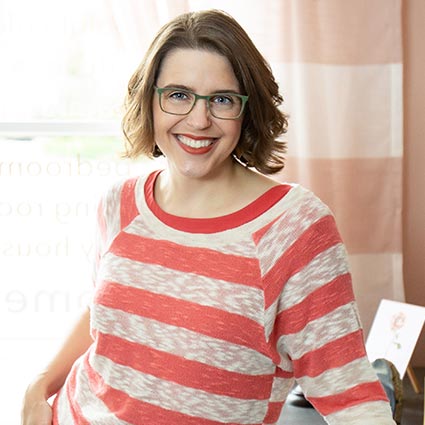
HI, I'M REBECCA WEST!
I’m an interior designer, author, podcaster, speaker, and coach to other designers. (Whew!) But I’m not your classic interior designer because, frankly, I don’t care if you buy a new sofa. I do care if your home supports your goals and feels like “you.” Remember, happy starts at home!
More From Seriously Happy Homes
Are you ready for a seriously happy home?
(Cue the confetti!)

Eager to get happy at home right now?

